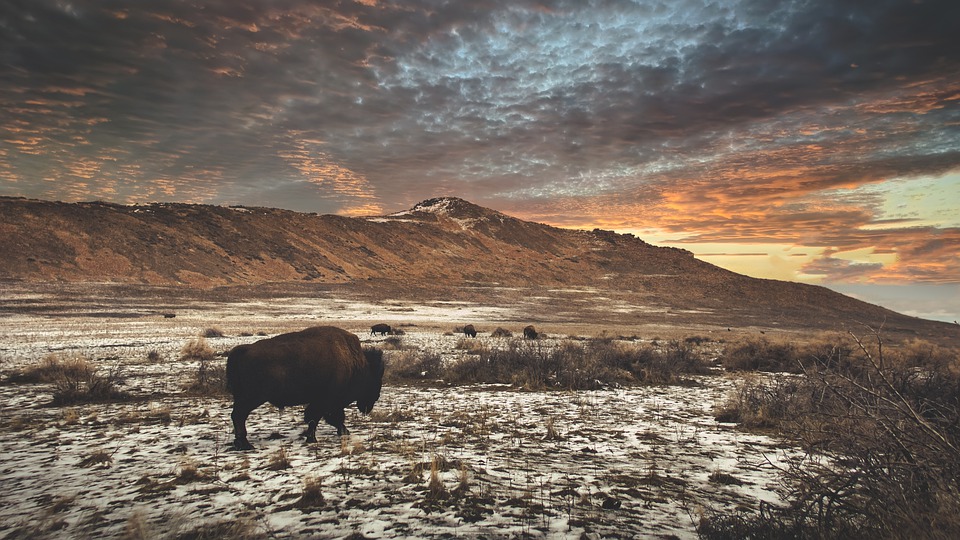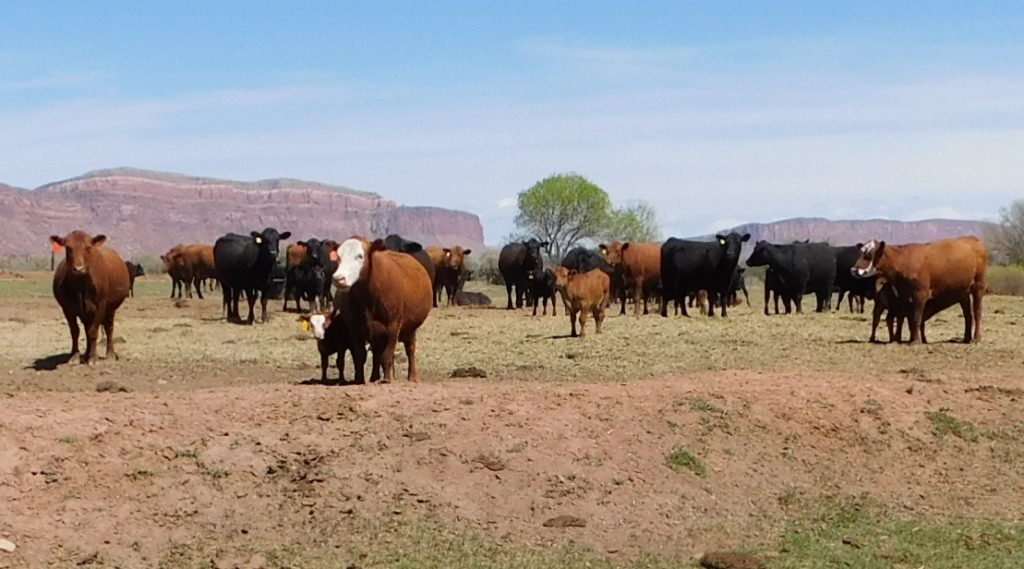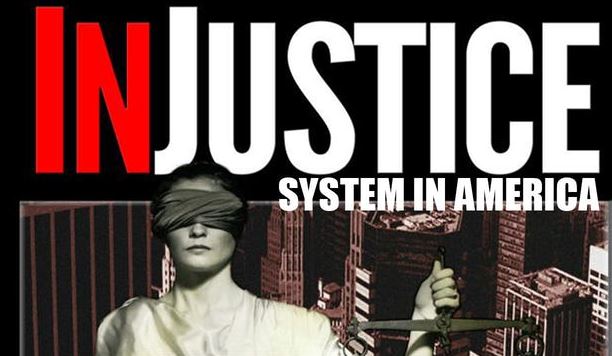How a trick of our tongue is encouraging us (and some very wealthy others) to destroy our ecosystem

By Sierra D. Stoneberg Holt, Ph.D.
As originally posted in the RANGE magazine Spring 2017 issue
Living across the fence from the American Prairie Reserve (APR), I’m often asked what I think is wrong with their ecology management model. That’s a very difficult question. It’s not that I don’t have an answer. I have at least six separate answers, any one of which would easily fill an entire article. But in the end, I always migrate back to environmental damage. As a biologist/environmentalist/rancher, I have that issue nearest and dearest to my heart.
First, I want to emphasize that the APR’s ecological management model (which I like to call 1880s management) is not a dire environmental threat at their current size – by my calculations slightly more than fifteen small, full-time family ranches. In any county, at any time, you will always have some ranchers that because of laziness, lack of education, economic desperation, or unresolved problems in their personality structure will do a catastrophically bad job of managing their land. Their neighbors will carry critical species through on their near-by, well-managed ranches, and we can always hope that the children will learn from the mistakes of the parents and begin to lovingly heal the scars once their term of stewardship begins. This is a reality of human imperfection. So I believe our counties can absorb the environmental harm of the fifteen unskilled “ranchers” represented by the APR. However, if the reserve becomes much larger, it will reach a tipping point beyond which the surviving neighboring ranchers can no longer keep this beautiful area vibrant.
The APR is, according to the Internal Revenue Service, “a public charity”. It uses donations from wealthy donors to buy up the private land in Montana’s Philips, Valley, and Fergus Counties in order to create a three-million-acre private bison-viewing park. They are petitioning the Bureau of Land Management for permission to remove water developments and cross fencing, and to abandon their grazing rotation systems. Their range management model harkens back to the 1880s, when wealthy investors from Europe and the eastern US purchased large herds of cattle and sheep and released them in western states. Compared to today, herd sizes were not controlled, there were no water developments to spread grazing impacts more evenly, and there was no cross fencing to enable healthy grazing rotation systems. Many absentee owners believed management was irrelevant. They were certain that the range and the cattle would work it all out on their own, and their only role would be to cash the big paychecks.

A Tale of Two Droughts
This ecology experiment has already been tried, so we know what to expect. In the 1930s, our counties experienced a devastating, decade-long drought. Prior to the drought, nearly everyone had been applying some form of 1880s management. This is the situation that APR hopes to re-create. Survivors tell us that the land was stripped of vegetation. The soil blew away. Flash floods ripped through the landscape, tearing away topsoil and leaving everything parched mere days later. My great grandfather trailed his entire herd of cows ninety miles north, because there was no grass and water on the ranch. Many wild species disappeared. Two years passed before the ranch would support some cattle, and the herd had dwindled to a sixth of its former size.
In the 1980s, our counties experienced a devastating, decade-long drought. National Weather Service data tell us that the drought lasted two years longer and was considerably drier than the one in the 1930s. (The 1930s had dependable snowfall; the 1980s did not get even that.) Nature’s cards were stacked against us, but the one card that we had control over was in our favor. Most people were using 1980s management. Now recall that there will always be someone somewhere using 1880s management, but they were a minority.
What did things look like on the ranch? Blowing dirt? Maybe a little. Devastating flash floods? Again, a little, but my mother was just pleased to see how much healthier the water cycle was than when she was growing up on the ranch. Forced ninety-mile marches? No. Grandad stayed right there on the ranch. Five-sixths of the herd liquidated because of starvation and lack of water? No. Grandad did sell the herd down a bit, maybe by as much as a sixth. Disappearing wildlife? Not really. It wasn’t great for wildlife, but they weren’t severely impacted. Years of healing? The ranch still bears some visible scars from the 30s drought, but the damage from the 80s disappeared.
Will these counties suffer another decade-long drought? Probably. What will decide the outcome for native plants, soils, water, and wildlife? The only experiments so far indicate it will be whether the management is mostly 1880s or mostly 1980s.
Preserving Large Areas of Nature
Everyone manages differently, which creates habitat diversity. Every species prefers a different type of management. Diversity generally leads to ecosystem resilience. Over a small scale, 1880s management is good and healthy for the environment. Some species will prefer it. The many that do not can easily escape to surrounding ranges. So why worry? I worry because of the concept of preserving large areas of nature. There are three fatal ecological flaws in the phrase “preserving large areas of nature”.
Large Areas
Large areas under a single management lead to what my veterinarian/environmentalist/rancher mother refers to as “ecological monoversity”, i.e., the opposite of diversity. Every management aids some species and harms others. It leads to local eradication of some species. That’s not a problem unless the area of land under the given management is so large that it eradicates the species across most of its range.
Nature
A second fatal flaw in the phrase “preserving large areas of nature” has to do with the word “nature”. “Nature” in English means “human-free”. Think carefully about it (I had a couple of college classes wrestle with this one for a year), and you will see that there is no way to include people in “nature”, except as passive observers, practitioners of 1880s management. One of my students showed us a photograph of a brilliant piece of artwork she had discovered. It consisted of an enormous painted scene from “nature” with a statue of a man standing before it. She pointed out that the human is only allowed to view; never to interact, never to enter, never even to touch.
Once we realize that “nature” means “with no human beings”, the description of some cultures as “natural” or “in harmony with nature” takes on a skin-crawling, stomach-twisting dimension. I will never forget the look on one of my students’ faces as he realized that people of certain cultures, including a particularly talented classmate, are regularly, casually referred to as “one with nature”, that is “not human”.
Thus 1880s management is also “natural” management, human-free management, mindless management. Our language has instilled in us the ideas that nature has no people and that nature is good. Therefore, we instinctively feel that removing people will result in “nature” and solve all problems. Even biologists who know better must constantly guard against this prejudice, embedded deeply into our psyche by our native tongue.
Consider sage grouse. As a nation, we’ve decided sage grouse are a good thing, and we want to help them. Do we ask ourselves, what do sage grouse want (sagebrush, water, green forbs and grasses in summer, open areas for the males to dance in spring) and what are their problems (disease, weather, predators including gophers, gulls, snakes) and then try to address those? No. Because of the myth of “nature”, we remove humans and then wait for the sage grouse to be happy because now they live in nature, never realizing that they needed the humans to provide water with reservoirs, green, weedy spots with road borrow pits, dancing areas with livestock management patterns, predator suppression, diversified watering sources that inhibit the spread of disease, fire suppression to preserve sagebrush, etc. We find a healthy population of sage grouse and say, “We have to hurry up and change this place to protect them!” never realizing that by finding the place they like best and changing it, we are dooming them. And because we know that “natural” is always best, if our “help” results in steadily declining sage grouse numbers, we don’t ask if they are doing better where the people were removed or where the people remained. We just hurry up to remove more people and create more nature, whether the sage grouse like it or not.
Preserving
That brings us to “preserve”. My kids and I had this discussion a few years ago. How do you preserve something? You prevent it from ever changing, even though life is change. To preserve raspberries, you pick them, heat them, and seal them in an airless jar. To preserve a hide, you kill the animal, remove the hide, and soak it in chemicals. To preserve an antelope, you kill it, skin it, and stuff it. To preserve a person, you take a (hopefully already) dead person, remove the organs, fill it with chemicals, and wrap it in chemical-soaked cloths or seal it in an airless coffin.
If you believe the prairies are alive, preserving the prairies is a terrifying concept. However, my son, six at the time, told me, “Don’t be too afraid, Mommy. I think that to preserve the prairies someone would have to find a jar as big as the whole Earth. I don’t know if they can find one like that, and if they do, we’ll see them coming from a really long way off, and I could go explain to them that killing the prairie would be a really bad thing.”
People claiming to “preserve large areas of nature” mean, “We have found a very vibrant and valuable ecosystem, so we are going to make major changes to it.” You can’t protect something by making major changes to it. That doesn’t protect it; it changes it. It makes it something else.
What do the neighbors think?
We believe that unmanaged ungulate overpopulation has damaged soil, water, and vegetation every time that it has been tried in the past, and the fact that APR wants to apply this over the area of an entire county or two is horrific. We are worried about the welfare of the bison. We are worried about the survival and health of the prairie. We are sad at the thought of all the towns and schools that will be destroyed. We hate the cultural destruction. We’ve bought into the line that this area is ecologically critical and irreplaceable, so the idea that someone is buying it all up with the intent of destroying it all in the name of preservation hurts.

Can a native creature withstand the touch of a child, or is it irrevocably sullied by contact with the human species? Is a horned toad still a horned toad once it has interacted with a human, or has it been reduced to something lesser? Dare we grant our children permission to be residents of this beautiful, blue planet?
Sierra Dawn Stoneberg Holt got a Ph.D. in botany and an education about Communism at Masaryk University in Brno in the Czech Republic. She is currently raising the sixth generation at a family ranch in the Missouri Breaks. She’s written a book, Prairie Sunrise, about life on the land and is working on a sequel, Prairie Roots. She recently published a study indicating that loss of Blackfeet management was a critical factor in the near-extinction of the bison.
You can read the original article with photographs by clicking here



Irregardless, APR can do whatever they desire w their property.
3,000,000 acres is only 4500 or so square miles.
Back in the Day, buffalo herds migrated in summer and winter both.
That was to find moisture laden range in the summer and Easy winter range for winter.
Those migrations were typically 100 to 500 miles….east to west or north to south .
So the problem that eventually happens is once APR gets grown up to bout 5000 head of buffs those will be breaking perimeter fences and eating the neighbors winter hay supplies …soooo APR better have plenty of their free cash on hand to Pay Damages.
Ted Turner’s messes of running natural buffalo are an example IF your familiar with the mess
Lots of starved dead buffs bulldozed into draws, continuous every day supplemental caking of groups of 2500 buffs.
ALL perimeter fences rebuilt new …AND drift buff fence installed 1/4 mile inside of the perimeter fences too.